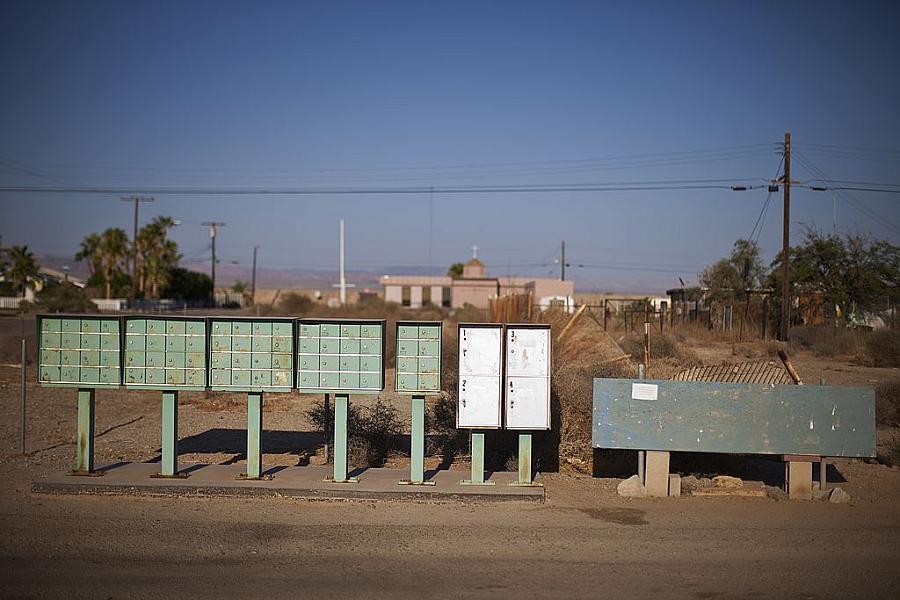Can Imperial Valley’s health care system withstand the coming green energy revolution?

Photo by Brent Stirton/Getty Images
The vast stores of lithium under the Salton Sea have thrust Imperial County onto a global stage, with many hoping to profit from the rural desert community’s deposit of the valuable resource now called “white gold.”
With the key ingredient for batteries and the push toward green energy, the county is now seeing the beginnings of a regional transformation. The agriculture-based economy is slotted for lithium extraction campuses and battery factories with billions of dollars on the line.
While lithium has been in the limelight, Imperial Valley locals have been watching their already strained health care system struggle to provide critical resources.
Last year, El Centro Regional Healthcare Center, Imperial Valley’s largest hospital, almost ran out of cash, and as a result closed its maternity ward. The closure funneled thousands of births through the last standing facility at Pioneers Memorial Hospital, itself strained for resources. For many families that has meant having to travel outside the county altogether for obstetrics services.
The woes don’t end there. Even before the recent financial struggles, for most traumas Imperial County residents have had to seek emergency care in San Diego or Palm Springs, at least a two-hour drive away. Though the growing support system of privately run helicopter ambulances are often a lifeline, patients can find themselves saved only to be haunted by bills that can be life-altering.
The county’s disparities aren’t new. For years it has had the state’s highest unemployment rate and one of the lowest numbers of primary care physicians per capita. It’s also an outlier on several other health indicators, including high rates of diabetes, liver disease and drug-induced deaths.
On top of that, the Salton Sea has been an ecological disaster for decades. Researchers have been studying the high rates of pediatric asthma symptoms, especially for residents living closer to its shores.
Now that the county boasts a resource that has garnered the attention of deep-pocketed interests, locals are asking, What’s in it for them? They have invested hopes in promises from industry in the past, but few have come out with substantial benefits.
Over the coming months, my reporting for the 2024 California Health Equity Fellowship will share stories that draw a more intimate landscape of the health care system in the rural county before the lithium boom. How will the health care system absorb the hoped-for growth?
Imperial Valley leaders have said that growth as a result of the lithium industry will make it more possible for families to keep their roots in the region.
To understand what that could mean, I will examine the fallouts of diminishing access to women’s health care, and how the border community has looked to neighboring Mexicali for answers. We will look at how trauma victims deal with getting critical services, and how limited resources and long distances affect locals in need. And we will look at how the health care system has been dealing with the continued impacts of the degradation of the Salton Sea.
With this project, we hope to bring readers a more intimate view of the layered concerns of a county many are looking to as a key player in climate-related solutions.
